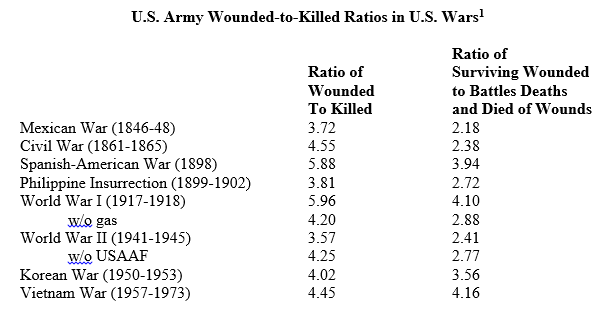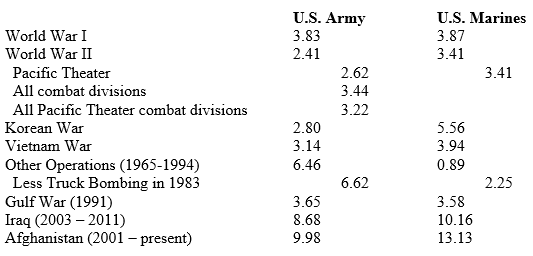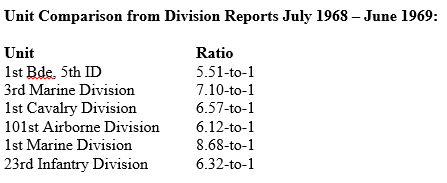Sorry…..could not resist the cheesy rhyming headline. It looks like Lt. General Michael T. Flynn is going to be nominated as the head of the National Security Council. I don’t know what to make of all the stories positive and negative about him by the various left and right talking heads…..but he did recently publish a book. His “Conclusions” is mostly readable on-line at Amazon.com. Would recommend reading it before reaching any conclusions:
It starts on page 157 and goes to page 180, with several pages missing in between. Chapter 4: “How to Win” is not available on-line.
Now, the National Security Advisor is just that: an advisor. They actually don’t run much. Foreign Policy is handled by the State Department, Defense Policy is handled by the Secretary of Defense (neither which are appointed right now). As the National Security Advisor is the person who regularly (daily?) briefs the president on what is going on the world, they often are very influential. Some, like Henry Kissinger, eclipsed the Secretary of State. Some were not near as visible. It really depends on the person and his relationship with the president. This can also change over time.





